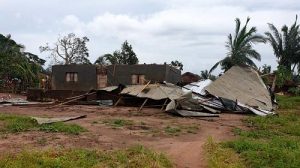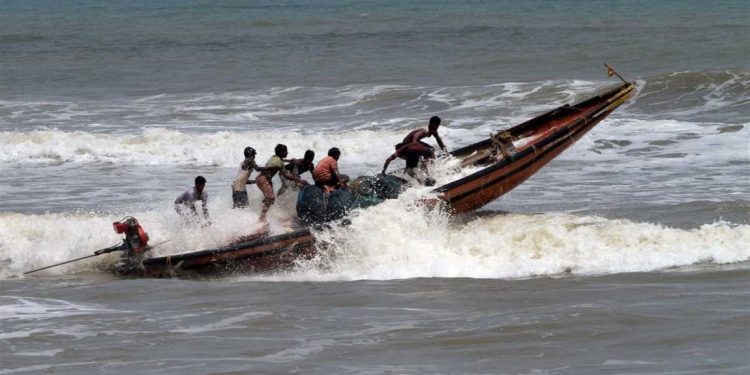Intro- While Leonardo DiCaprio took home his first Oscar in 2016 at the 88th annual Academy Awards, he used his speech to discuss climate change, emphasising that he saw the direct results of the changing planet while filming ‘The Revenant.’ “Climate change is real. It is happening right now. It’s the most urgent threat facing our entire species and we need to work collectively together and stop procrastinating,” he said. However, till date there are many who do not believe in it and have labelled it as hoax, for instance the President of the United States of America Donald Trump
NIDHI SINHA
BHUBANESWAR: The extremely severe cyclonic storm May 3 did not result in major casualties but the environmental damage caused to the city is immense and it will take more than a decade to recover. Over one million trees have fallen in this city, adding to the Herculean clean-up task. Many in Bhubaneswar had an emotional attachment with the trees, carefully tended for over two decades.
However, Fani is not the first cyclone to leave governments and scientists perplexed. Last October, two very severe cyclones—Titli and Luban—had also behaved unconventionally on either side of the Indian mainland. Referring to them as the “rarest of rare” occurrences, the India Meteorological Department (IMD) said the movements of both these storms were unique.
The severity of cyclones in Bay of Bengal, like Phailin, has triggered speculations about whether it is linked to climate change. But the impact of climate change on intensity and frequency of cyclones is not understood well and so far not been proved conclusively.

Cyclones are massive and complex systems of wind circulation that are fed by moisture which is sucked up due to increasing temperatures over the sea surface. Ocean temperatures are on the rise due to global warming. This has fundamentally altered the character of cyclones.
Orissa POST tried to study the relationship between cyclones and climate change, if there exists any, and how Odisha has become a hotspot for cyclones. The correspondent interacted with environmentalists and academicians.
Environmentalist SN Patro opined that Fani was an example of Mother Nature’s fury. He emphasised that our future energy dependence should be on alternative or nonconventional renewable energy like solar, wind or biomass. “Odisha is disaster prone because of its geographical situation and location on the coast. The state is often hit by floods and droughts, and now cyclones more frequently. It is definitely climate aberration related. Gandhian way of simple lifestyle living close to nature will in the long run help anthropogenic pressure on nature,” he stressed.

Dr Biswajit Mohanty, Chairman Greenpeace India, said, “Odisha faces cyclones regularly as per historical records of 200 years. However, the intensity and frequency has been increasing since the last three decades. Thus, two super cyclones have hit us in two decades. Fani was a severe cyclone as wind speeds exceeded 270 km ph at Puri area. The geographical layout of the Bay of Bengal bordering landmass is like a funnel whose narrow ends are Odisha. West Bengal and Bangladesh propel the cyclones towards this land mass.” He observed that climate change impact is now being felt in Odisha since we are in the vulnerable coastal zone and added that climate change scientists had predicted these impacts at least 20 years ago.

Dipak Samantarai, retired director of National Academy of Broadcasting and Multimedia Bhubaneswar, said, “Odisha’s coastline means Bay of Bengal. Bay of Bengal is notorious for breeding cyclones, major and minor. Going by the statistics, Odisha has suffered more than 250 cyclones within a span of 100 years. Four major cyclones within the past six years alone!” He attributed the reasons as a complex interplay of geographical, geological, environmental and climatic factors. Climate change is a major catalyst, undoubtedly, he concluded.

HR Biswas, Director of the city-based Regional Meteorological Centre said, “Odisha is the most prone in the east coast for cyclone crossing zone, that is the main reason because most of the cyclones mainly in post monsoon season move towards north-east wards and basically it is the most prone region of Bay of Bengal basin.”
It has been observed that there has been an increase in numbers and proportion of hurricanes of the category 4 and 5 globally since 1970 with a simultaneous decrease in the total number of cyclones and cyclone days. But there are very few historical records of tropical storms and this makes it difficult to understand whether the changes seen now exceed the variability expected from natural causes. Changes in observational capabilities also make it difficult to compare the cyclones then and now.







































